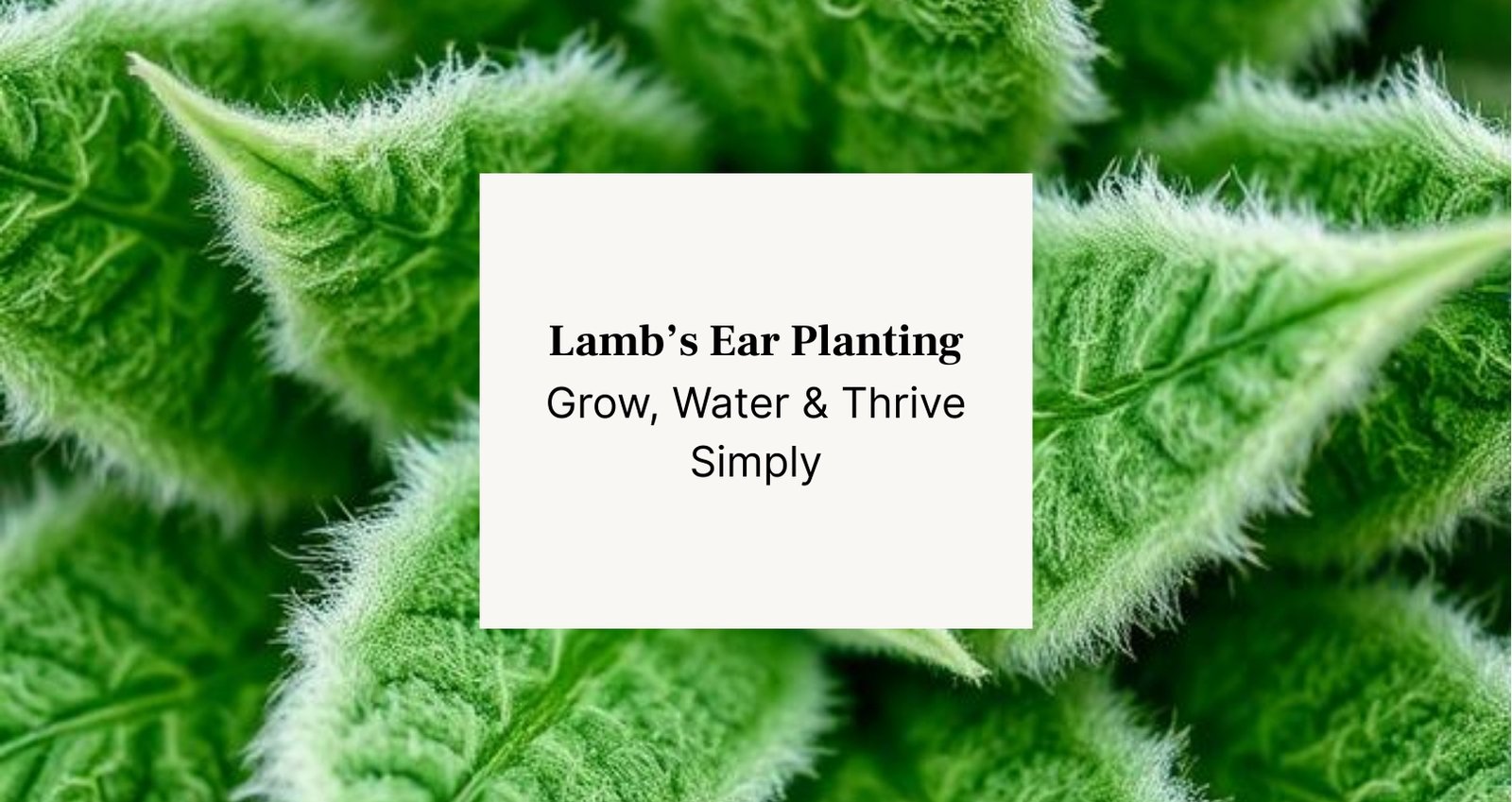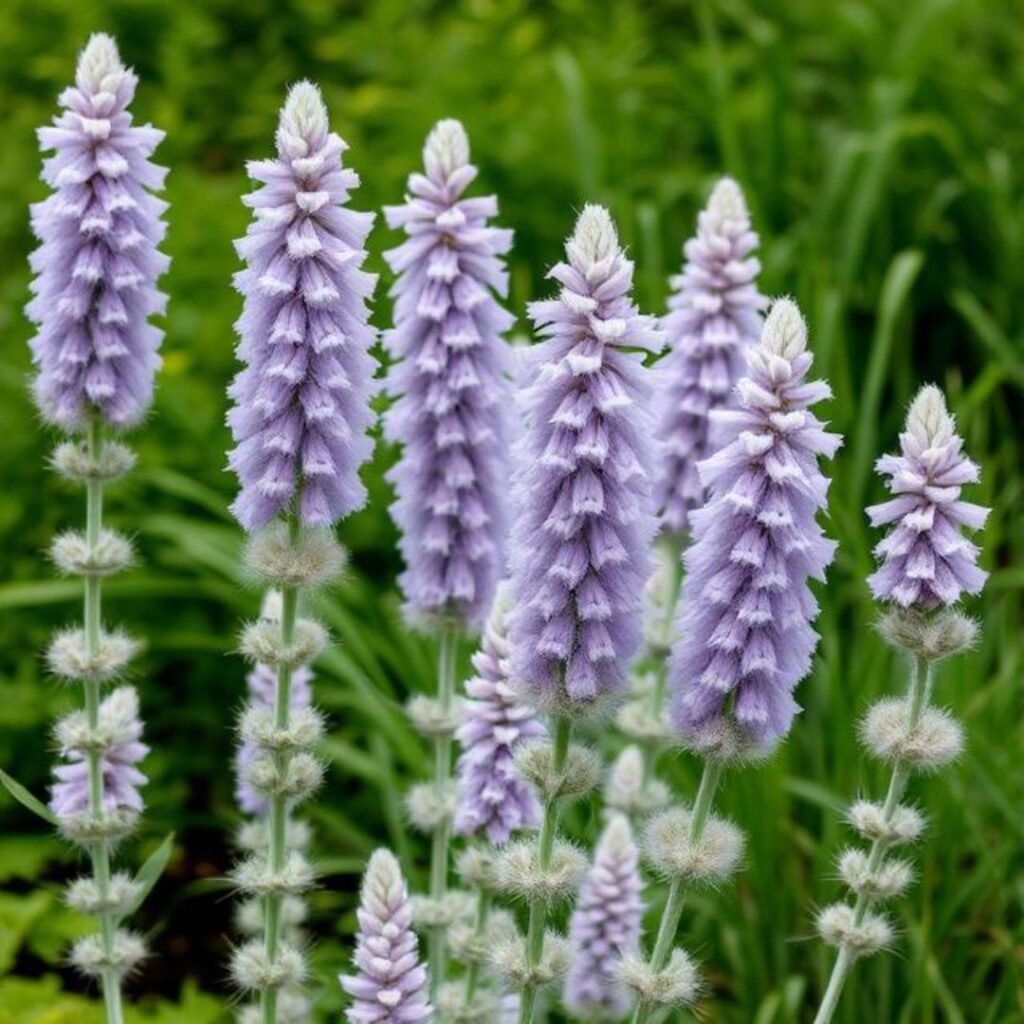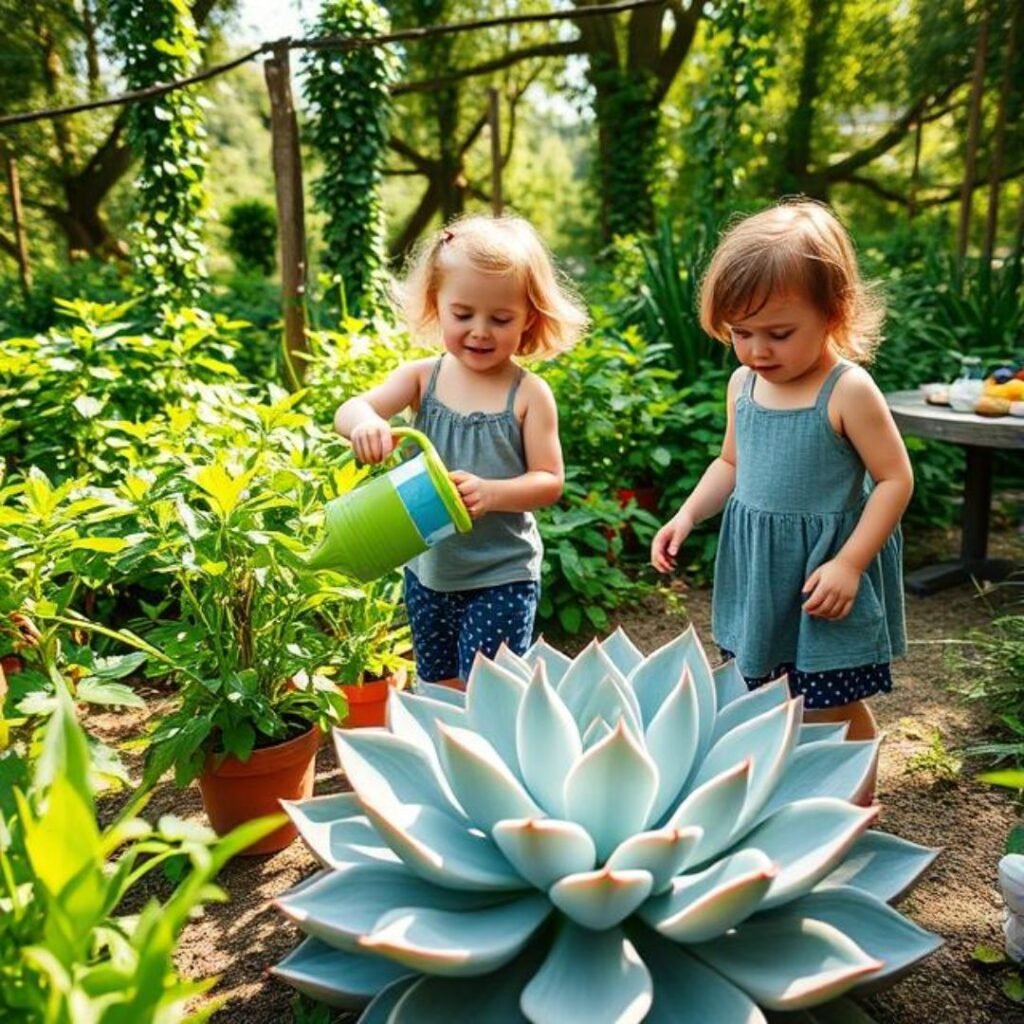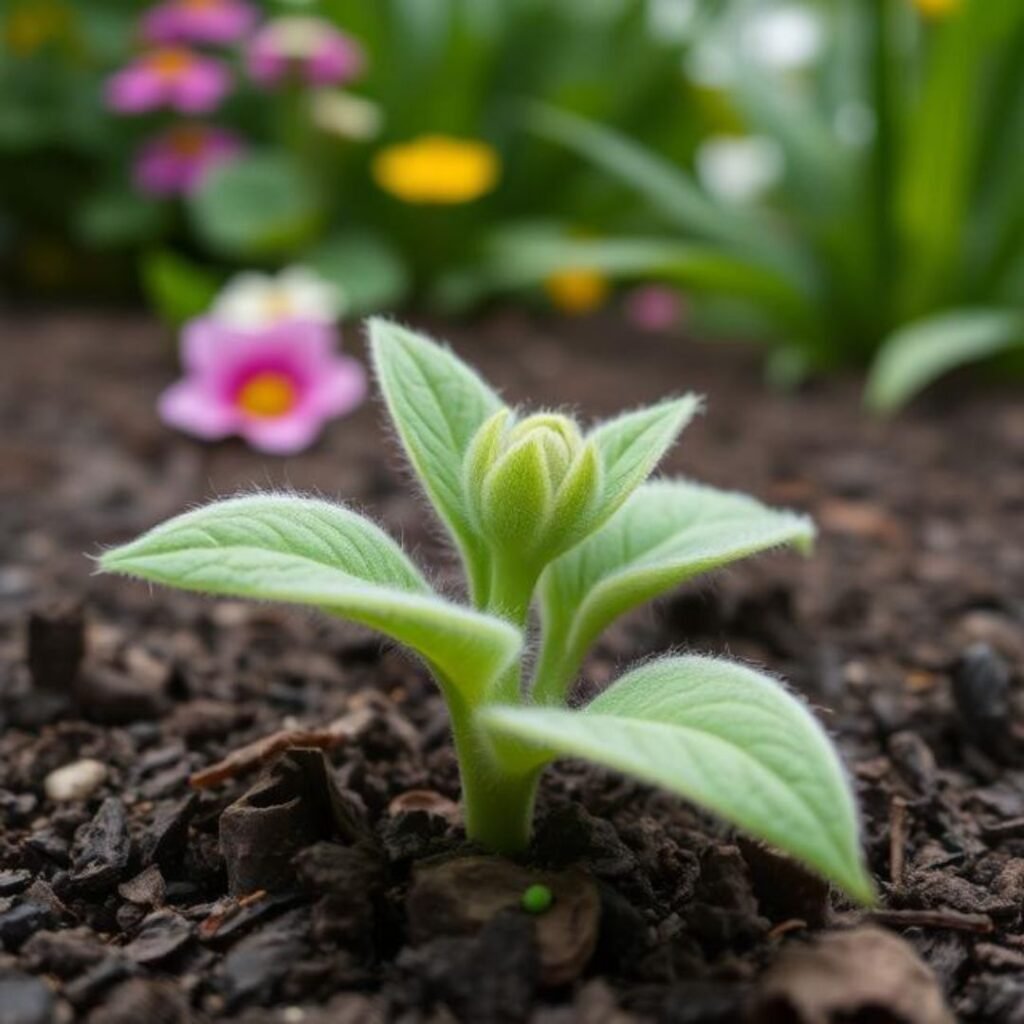Find a simple lamb’s ear plant guide with easy-to-follow methods of growing, watering, pruning, and caring for a soft, silvery perennial plant.
Find a simple lamb’s ear plant guide with easy-to-follow methods of growing, watering, pruning, and caring for a soft, silvery perennial plant.

The lamb’s ear plant is furry, fuzzy and beautiful to look at, and it will add character to any garden. Its silver leaves are like lambs-ear–that is the reason it is called so! It is an excellent perennial that a novice gardener and an experienced one can use. This guide shows you all you should know about lamb’s ear plant care, both planting and pruning.

Lamb’s ear is a low-growing perennial that has velvet silver-grey leaves. It is a native of the Middle East, although it also thrives in most climates. Usually we use it as a ground cover or an edging in gardens due to its special texture and its ability to resist drought.
Pretty leaves are not the only thing about this plant. Caring is also easy; it fits well in the sensory garden of kids, and it does not require special attention. Also, it is pollinated by other insects such as bees during summer when it blooms.
Lamb’s ear is an easy plant to grow. Seeds, transplants or divisions can be the starting points. It thrives either in the spring or during the early fall. Find a sunny area with healthy soil, which drains. It grows fast once planted and fills space charmingly.
The L. eriocephalus plants, Orange, love full sun. It can tolerate the partial shade but does best with 6 hrs of sunlight daily. Have well-drained soil. Loose, like soil, is terrific. Prevent any wet or mushy areas because excess moisture has the propensity to decay the roots.

This plant does not prefer lots of water. There should be watering when the soil dries off. It requires some extra water during hot summers, but it never has to be kept in wet soil. Good drainage is one of the lamb’s principal watering needs—there is always a need to check the soil prior to its watering.
These are the simple lamb’s ear care tips:
Given the experience of dealing with pests and diseases (some of them highly contagious as they are), I also expect to be in the position to make a contribution here.
Lamb’s ear is not really prone to pests. But like too much wetness, it can also develop fungal diseases. Powdery mildew and root rot are prevalent in wet spots. Allow it to breathe and never put water on the leaves.
It does well as a border plant, pathway plant or soft ground cover. Its silvery leaves will feature well with coloured blossom. It is additionally grown in pots. It is not demanding and gives a special look to the garden.

Lamb’s ear does not require a lot of fertiliser. Actually, excess may produce too-fast growth and produce leggy plants. In spring apply a light dressing of compost. Fertilise once a year with a balanced fertiliser, though it grows adequately without additional fertilisers.
The plant is as easy to maintain as it is beautiful and soft and has no specific needs that make lamb’s ear the perfect plant in every garden. This plant is a good choice whether you want something easy to maintain as ground cover or whether you want to add depth and interest. It will take care of itself, provided you give it sufficient light, well-drained soil, and odd drops of water; its furry handsomeness will keep at it all season long.